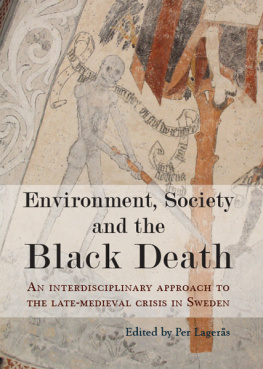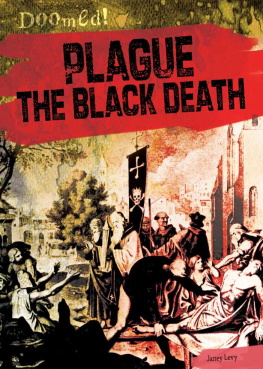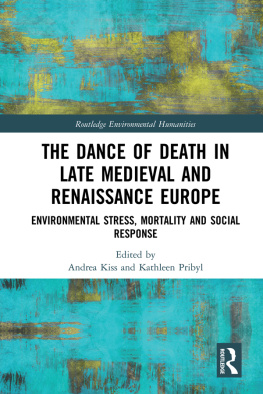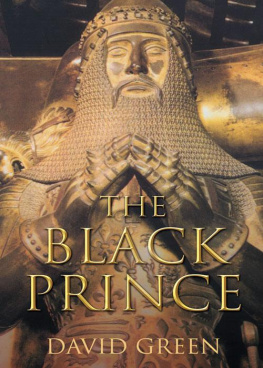Published in the United Kingdom in 2016 by
OXBOW BOOKS
10 Hythe Bridge Street, Oxford OX1 2EW
and in the United States by
OXBOW BOOKS
1950 Lawrence Road, Havertown, PA 19083
Oxbow Books and the individual contributors 2016
Paperback Edition: ISBN 978-1-78570-054-5
Digital Edition: ISBN 978-1-78570-055-2
Kindle Edition: ISBN 978-1-78570-056-9
PDF Edition: ISBN 978-1-78570-057-6
A CIP record for this book is available from the British Library
All rights reserved. No part of this book may be reproduced or transmitted in any form or by any means, electronic or mechanical including photocopying, recording or by any information storage and retrieval system, without permission from the publisher in writing.
Printed in the United Kingdom by Short Run Press, Exeter
For a complete list of Oxbow titles, please contact:
UNITED KINGDOM | UNITED STATES OF AMERICA |
Oxbow Books | Oxbow Books |
Telephone (01865) 241249, Fax (01865) 794449 | Telephone (800) 791-9354, Fax (610) 853-9146 |
Email: | Email: |
www.oxbowbooks.com | www.casemateacademic.com/oxbow |
Oxbow Books is part of the Casemate Group
Front cover: | Wall painting from 1437 in Tensta Church, Sweden. |
(Photo: Per Lagers) |
Contents
Per Lagers
Per Lagers
Per Lagers
Per Lagers, Anna Brostrm, Daniel Fredh, Hans Linderson, Anna Berg, Leif Bjrkman, Tove Hultberg, Sven Karlsson, Matts Lindbladh, Florence Mazier, Ulf Segerstrm & Eva Skld
Lars Ersgrd
Caroline Arcini, T. Douglas Price, Maria Cinthio, Leena Drenzel, Mats Andersson, Bodil Persson, Hanna Menander, Maria Vretemark, Anna Kjellstrm, Rickard Hedvall & Gran Tagesson
Per Lagers
Lars Ersgrd
Caroline Arcini
Per Lagers
Preface
The studies of the late-medieval crisis presented in this book build on the work of many colleagues from different disciplines. We have had the privilege to compile and explore data produced during innumerable hours in the field and behind the microscope. In many cases the original investigations did not primarily deal with the late-medieval crisis, but due to their high quality and careful documentation, they make important contributions to the compilations and discussions presented here. To interpret and reinterpret old and new data from new perspectives have been a truly exciting and rewarding endeavour.
While completing this book we have benefited from valuable discussions with many colleagues and friends. First of all we want to thank Janken Myrdal at the Division of Agrarian History, Swedish University of Agricultural Sciences. His research on the late-medieval crisis is of major importance and has been a great source of inspiration for us. Several others have shared their expertise and we want to especially thank Torbjrn Ahlstrm at the Dept. of Archaeology and Ancient History, Lund University, Frank Gtmark at the Dept of Biological & Environmental sciences, University of Gothenburg, Olof Karsvall and Alf Ericsson at the Division of Agrarian History, Swedish University of Agricultural Sciences, rjan Kardell at the Dept. of Language Studies, Ume University, and Ola Magnell at the Swedish National Heritage Board.
We also want to thank Conny Johansson Herven and Lars Salminen at the Kulturen Museum in Lund for giving access to skeleton material, Emma Foberg at ATA Swedish National Heritage Board for providing archived data, Jesper Boldsen at the Institute of Forensic Medicine, University of Southern Denmark, and Chatarina dman at Malm Museer for providing unpublished archaeological data, Timothy Hatton at the Australian National University for providing modern stature data, Adam Bolander and Katja Meissner for tree-ring data handling, and Henrik Pihl and Staffan Hyll for help with graphics. We also want to thank Hlne Borna-Ahlkvist at the Swedish National Heritage Board, UV Syd, for hosting our project and providing excellent research facilities.
The research was funded by the Swedish Research Council and the Swedish National Heritage Board.
Per Lagers
Lund, January 2015
PART I
INTRODUCTION
An interdisciplinary approach
Per Lagers
The late-medieval crisis was one of the most dramatic episodes in Europes history. Characterised by significant population drop, land desertion and social unrest, it was a true societal crisis with few counterparts before and after. The crisis started in the fourteenth century and lasted for several generations, in many areas for more than a century, before the negative chain of events was broken and society slowly started to recover. In one way or the other the crisis affected every corner of society, from town to countryside and from agricultural farmlands to the most remote and sparsely populated woodlands. In a longterm perspective it was an anomaly to the predominant trend of expansion of settlement and agriculture and a break in the exponentially rising graph of population numbers. But to see the late-medieval crisis only as an interruption as a temporary phase before things went back to normal would be to diminish its historical role. The crisis had long-lasting consequences for society, for instance by changing the economic and political relationship between social classes, by agricultural change and by stimulating technological development and increased consumption and trade. In a wider perspective it laid the foundation for the strong expansion that characterised many countries in the sixteenth century, and in the long run the transition from the Middle Ages to the Modern Period.
Closely linked to the crisis was the Black Death, the plague pandemic that ravaged Europe, the Middle East and North Africa in 13461353. Even though parts of Europe witnessed decline already some centuries before, in particular after a series of crop failures and famines in 13151322, most authors agree that the Black Death was the single most important factor behind the dramatic population drop and its social and economic consequences. Killing about half of the population in only a few years, the pandemic for good reason has been called the worst disaster that has ever hit Europe. The first strike was followed by several recurring outbreaks during the late fourteenth and the fifteenth centuries, and sporadic outbreaks continued to haunt the population until the early eighteenth century. In spite of these later outbreaks, of which some were devastating but often of a more local or regional character, the Black Death of the mid-fourteenth century was to be remembered as something special, unrivalled in force and mortality.
Obviously the story of the late-medieval crisis and the Black Death is a sad story a story about disease, death and abandonment. But it is also a story about survival, new strategies and systemic change. Over the years the plague pandemic itself, as well as the wider context of the late-medieval crisis, has attracted a lot of research, and in particular the possible relationships between different changes and processes during and after the crisis are the subject of continuous debate. Research has so far mostly been based on historical sources, i.e. written documents of different kinds. These range from literary chronicles giving colourful testimonies of the plague, via letters and charters to manorial accounts and land registers. Most documents are of an economical character, providing evidence on transactions, rents and expenses, which may be used to interpret different aspects of the crisis. The character and amount of the written sources vary greatly between countries and influence the direction of the discussion. To some degree non-documentary evidence, in particular from archaeology, has contributed to the discussion, but still research on the late-medieval crisis in most countries is very much based on written documents and the dominant approach is that of economic history.
Next page








